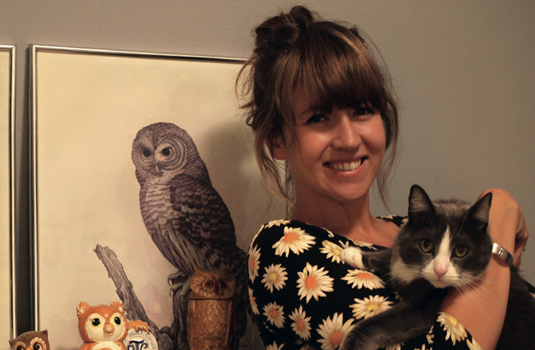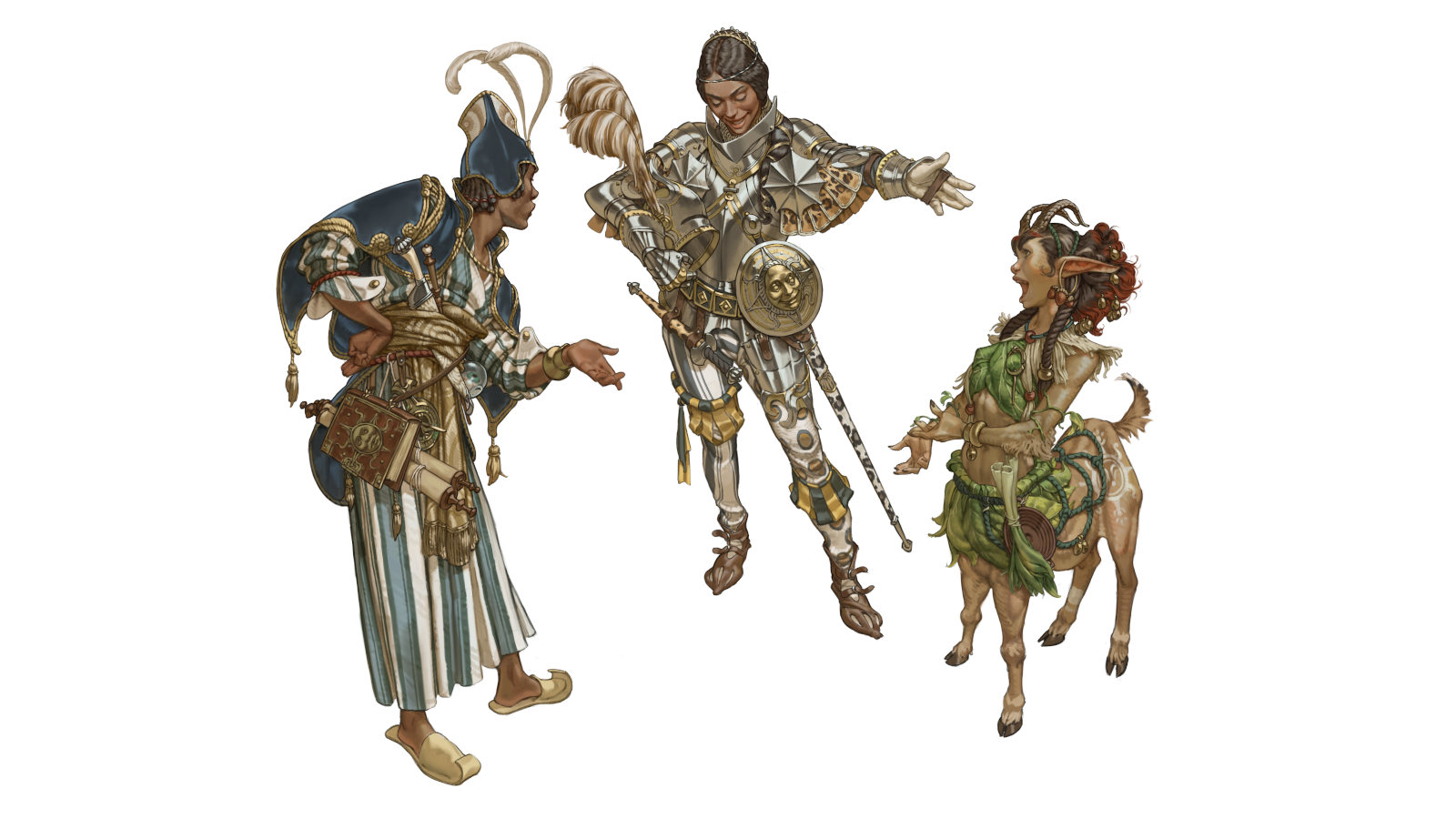Meagan Fisher on the business of design
Owltastic designer to speak about finding rewarding work and getting paid on time at Generate London on 26 September.
Owl-obsessed designer Meagan Fisher is speaking at Generate London on 26 September about how to make a good job of the business side of design. There's still time to snag a ticket to see her, as well as a host of other fantastic speakers including Gavin Strange, Denise Jacobs, Jeremy Keith and Dan Cederholm.
We asked her a few questions to give you a taste of what's to come.
What inspires you? And how do you record sparks of inspiration?
One of the most inspiring things for me is seeing the work of other designers I admire. There are too many to even list here, but when I'm feeling like I'm not cut out to design or I'll never have a good idea again, I look at the incredible work everyone else is doing around me, and it's a great kick in the pants to get going. Dribbble is also very helpful in this respect.
I also get inspired to work hard, do the best work I can, and to keep trying, from moments away from design – time spent reading in the tub, playing with my cat Theo, writing in my journal like a tween, wandering around Brooklyn, drinking wine in backyards with my friends – these things restore my will to sit at a computer for the rest of the day.
I try to record inspiration on my site, but I don't do it as much as I'd like. There's a huge backlog of things I hope to post eventually.
Do you feel design is being reduced to science by analytics, data and research? Is there any room left for good ol' honest gut feel?
I'll break this down into the ways I've used each of these science-y things. I mostly look at analytics and data before beginning a project to get an idea of where most of a site's current users live: on their phones, their tablet devices, in Internet Explorer, etc. It helps me think about creating the best experience possible for users across the spectrum of the web, and I think that's a key component of design.
I also use analytics tools after a design change, to see how it's resonating with people. Was my hypothesis right? Did moving the button help them to click it more? Did enlarging the type cause more people to use the support site? I really just view data and analytics as a tool for getting a sense of who the users are, and then as a way to prove or disprove my ideas about what would make the design better. I can't see anything that's reductive about that!

As far as 'research' – it's such a broad term it's hard to generalise about. I do think spending too much time researching can get in the way of rapidly iterating on a design; having said that, it's vital that every project begins by clearly defining the problem, knowing who you're designing for, and understanding how you can make their lives better. I view research as an absolutely vital step in the design process, because we're not just making art, we're also solving problems.
Once we are mindful of the landscape of our designs – who the users are, what their interaction with our sites are like, and what they need from us – then we can let the 'good ol' honest gut feel' have its fun, within those constraints.
How do you go about presenting responsive designs and ideas to clients who may not be au fait with the web?
Talking to clients about the way we design and the final output of our work is always going to be tough. If it's not responsive design that clients don't get, we're still struggling to sell them on not cramming things 'above the fold', or making the button pulsing neon green. So the challenge of talking to clients about responsive design isn't a new one – it's the same challenge we've always had, which is how do we get our clients to trust us? We do this by convincing them we're the expert, that they hired us to take the reigns and make the best possible website for them, and we know what that entails.
We also get them to trust us by showing we can listen, humbly address their specific concerns about our work, and take into account their feedback. We get better at educating them on the benefits of following best practices such as responsive design, or use of white space, or appropriate color choices. It's all about patient, confident communication. Which is a vital skill for every designer. It's taken me years to get better at it, and it's still something I struggle with.
You're a designer. How easily does the business side of working on the come to you?
The business part is the hardest part, by far. Finding clients who are a good fit, managing proposals and contracts, figuring out how to keep consistent pay coming in – these things are huge challenges for me. With each new project I get a little bit better at it, but I still make mistakes.
I often wish I could hire a person to manage the business side of things for me, and maybe eventually I will. For now it's still a skill I'd like to continue developing, so I read a lot about running a business and try to think through the lessons I can take from every mistake or success.
What's the biggest mistake you've made as a business person? And, conversely, what's been your biggest success?
It's hard to pick just one mistake! The biggest mistakes I've made are not clearly defining the parameters of a project (number of revisions, exact list of deliverables), and not insisting on regular payment for my work throughout the project. It's taken some time to build up the confidence to say "here's exactly what I will and won't do, and here's how often I have to be paid for it". Anyone who's also struggling with this should definitely read Mike Monteiro's 'Design is a Job'.
The biggest success I've had is probably just that I'm still running my own studio, even though I've thought about going back to being a full-time employee at least once a week. Simply persevering and following through with my dream of having my own design shop, even when it feels like I'm not cut out to do it, is a big success.
You can read the full version of this interview in this month's edition of net magazine, available in both print and digital formats

Thank you for reading 5 articles this month* Join now for unlimited access
Enjoy your first month for just £1 / $1 / €1
*Read 5 free articles per month without a subscription

Join now for unlimited access
Try first month for just £1 / $1 / €1
Get the Creative Bloq Newsletter
Daily design news, reviews, how-tos and more, as picked by the editors.

The Creative Bloq team is made up of a group of art and design enthusiasts, and has changed and evolved since Creative Bloq began back in 2012. The current website team consists of eight full-time members of staff: Editor Georgia Coggan, Deputy Editor Rosie Hilder, Ecommerce Editor Beren Neale, Senior News Editor Daniel Piper, Editor, Digital Art and 3D Ian Dean, Tech Reviews Editor Erlingur Einarsson, Ecommerce Writer Beth Nicholls and Staff Writer Natalie Fear, as well as a roster of freelancers from around the world. The ImagineFX magazine team also pitch in, ensuring that content from leading digital art publication ImagineFX is represented on Creative Bloq.
